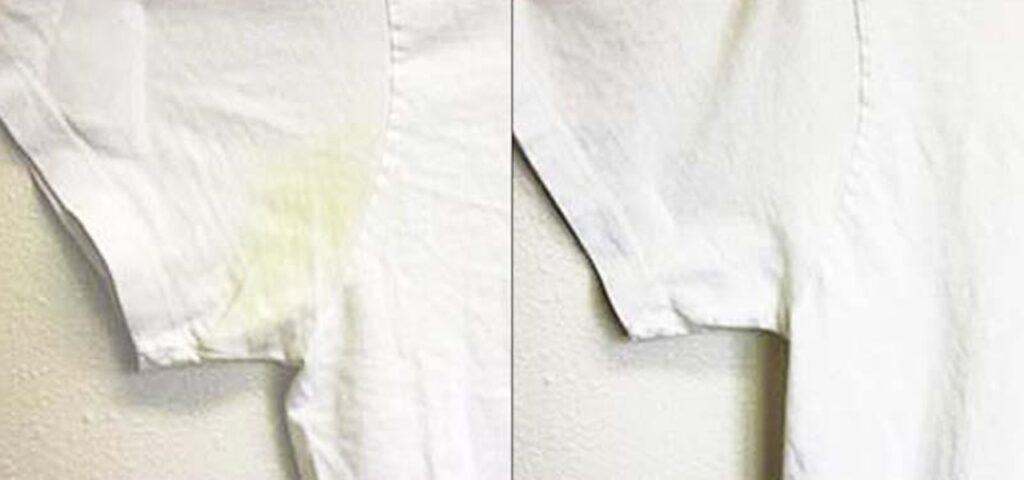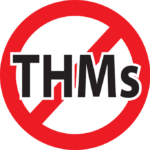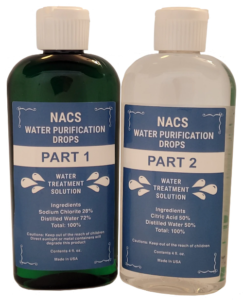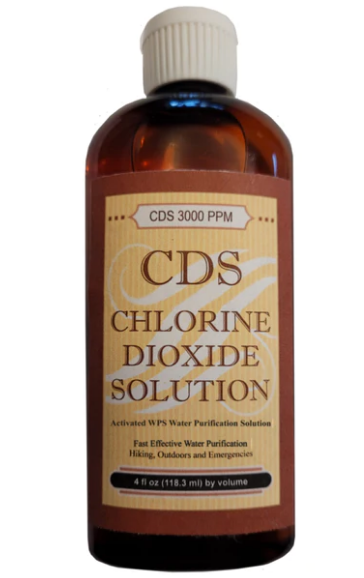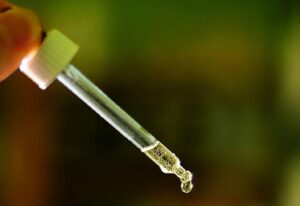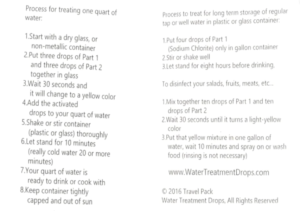Within the family of chlorination chemistry, it’s easy to get confused with the wide variety of shirt-tailed-cousins of chlorine dioxide. The most popular product mistaken for chlorine dioxide is sodium hypochlorite or common household bleach, like Clorox® brand bleach.
This is courtesy of the Food and Drug Administration’s anti-chlorine dioxide campaign launched against individuals who asserted that chlorine dioxide could be used to cure or treat diseases. The FDA stated in its campaign that chlorine dioxide is equivalent to household bleach and is dangerous, potentially deadly, to drink.
Sodium hypochlorite does a generally good job of disinfecting though it does produce chloramines when exposed to nitrogen compounds considered to be volatile, dangerous, and potentially carcinogenic (may cause or promote the growth of cancer cells). Treating water laden with nitrogenic organic compounds with sodium hypochlorite is not recommended due to the production of chloramines.
There are many chemical members of the chlorine family, each with its own unique set of characteristics. The common characterization is oxidation. Oxidization removes colors from laundry, leaving the result colorless or white.
Sodium percarbonate is another oxidizing bleaching compound that is the salt-based foundation of another laundry bleaching product, which is activated when mixed with water and is known as Oxi-Clean®.

Chlorine dioxide is created by activating sodium chlorite with an acidic agent, such as citric acid, the same that is found naturally in lemons.
Chlorine Dioxide Residual
What is left following the use of chlorine dioxide residual? Not much. And this can be of huge importance in considering whether one might use chlorine bleach or chlorine dioxide.
Chlorine bleach residual includes carcinogenic trihalomethanes (THM) that can be introduced to the environment by being washed down the drain after use, while chlorine dioxide by offering an extra oxygen molecule breaks down to water, oxygen, and table salt. This makes chlorine dioxide far less corrosive than household bleach and is better for the environment.
Chlorine dioxide residual = water + oxygen + salt.
Chlorine Dioxide Droplets
If you are adept at hiking or exploring the outdoors you are probably already well acquainted with chlorine dioxide droplets which are used to purify drinking water in the field. This two-part water purification process is a convenient and easy-to-administer form of water purification which can be used anywhere on demand.
Using chlorine dioxide water purification drops, one can quickly and easily turn questionable surface water into safe drinking water in the field. This makes chlorine dioxide an excellent addition to any safety or first aid kit and is commonly used by the military, on expeditions, by survivalists, and by outdoorsmen of all kinds.
Chlorine Dioxide Liquid for Sale
So, where can I find chlorine dioxide liquid for sale? You will find it in any outdoor supply, like REI, or you can search online for chlorine dioxide water purification drops. You want to pay attention to the different varieties and variations.
Chlorine dioxide will be found on the bottle if your chlorine dioxide liquid is “Chlorine Dioxide Solution” or CDS 3000, where the 3,000 represents the parts per million or PPM. CDS is manufactured via a distillation process and is therefore more expensive in general.
Alternatively, you can make your own chlorine dioxide, and this is the most economical and convenient way to take advantage of chlorine dioxide with a nearly indeterminate shelf life. You can make your own chlorine dioxide by using the following two-part method.
DIY Chlorine Dioxide
How to make chlorine dioxide yourself. Chlorine dioxide water purification drops are often available over the counter in a two-part kit. One part will be a sodium chlorite solution, and the other will be an acidic solution used to “activate” the sodium chlorite.
By combining one drop of Part 1 with one drop of Part 2 (or Part A and Part B, depending on the labeling by the manufacturer) a chemical reaction will result. You can visually notice the combination turning yellow-to-brownish in color. You can also smell the gaseous effect and it will smell like chlorine. After 30 seconds, you have created a chlorine dioxide solution.
Now, you can add it to water to purify it.
Since there are many manufacturers of CDS and chlorine dioxide kits, be certain to follow the instructions that come with your bottle or kit to purify water for safe drinking.
(advertisement)
Chlorine dioxide liquid for sale

